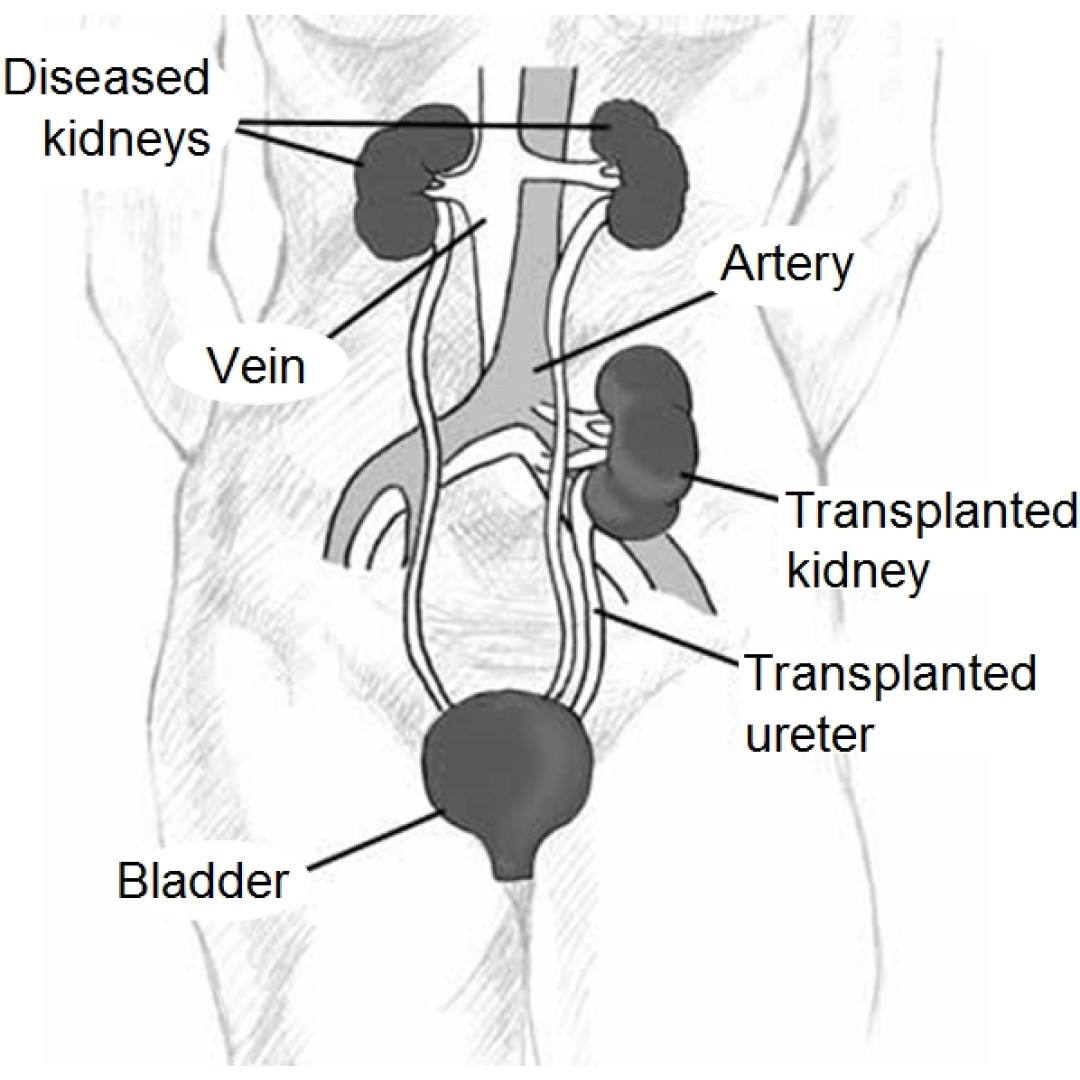
Researchers develop model for real-time monitoring of kidney transplants
On Apr. 28, 2025, researchers at King’s College London, the University of Bristol and Great Ormond Street Hospital have developed a model using human kidneys and warm machine perfusion that could allow for real-time monitoring of kidney transplants.
A transplant is one of the main treatments for end-stage organ disease, but there is a risk of post-operative complications, such as poor transplant blood flow, that may result in loss of the organ if timely intervention is delayed.
Currently, kidney transplants are monitored by clinical assessment of the patient with blood tests and, if needed, relevant imaging such as ultrasound scans. However, these methods have limitations, including delayed detection of complications and reliance on direct access to imaging facilities, which may be an out-of-hours service and not always readily available.
The team used human kidneys from NHS Blood and Transplant that were not suitable for transplantation and that were offered for research purposes. These organs were then placed on a specialised bypass machine that simulates the physiological conditions required for an organ to function outside the human body and maintain metabolic activity (known as ex vivo normothermic machine perfusion).
Special custom-made probes that use light to measure properties of a sample (spectroscopic optical reflectance probes) developed by the team at the Interface Analysis Centre at the University of Bristol were then placed on the surface of the kidneys to measure oxygen levels in real time whilst the organs were undergoing warm machine perfusion.
To validate the technology’s effectiveness, the researchers, using the bypass machine, simulated real-world transplant complications such as thrombosis (blood clot), rejection, and blood loss. The probes successfully detected oxygenation fluctuations in response to these conditions, demonstrating their potential for clinical application.
This method of using special optical sensors to detect dynamic changes in oxygenation in the organs could help medical teams to quickly detect and address blood flow problems, offering an additional method of monitoring to currently available methods. With further work, the researchers foresee potentially integrating reflectance probes into post-operative care by placing them alongside surgical drains, allowing continuous monitoring of graft perfusion in the days following transplantation.
Tags:
Source: King’s College London
Credit:
